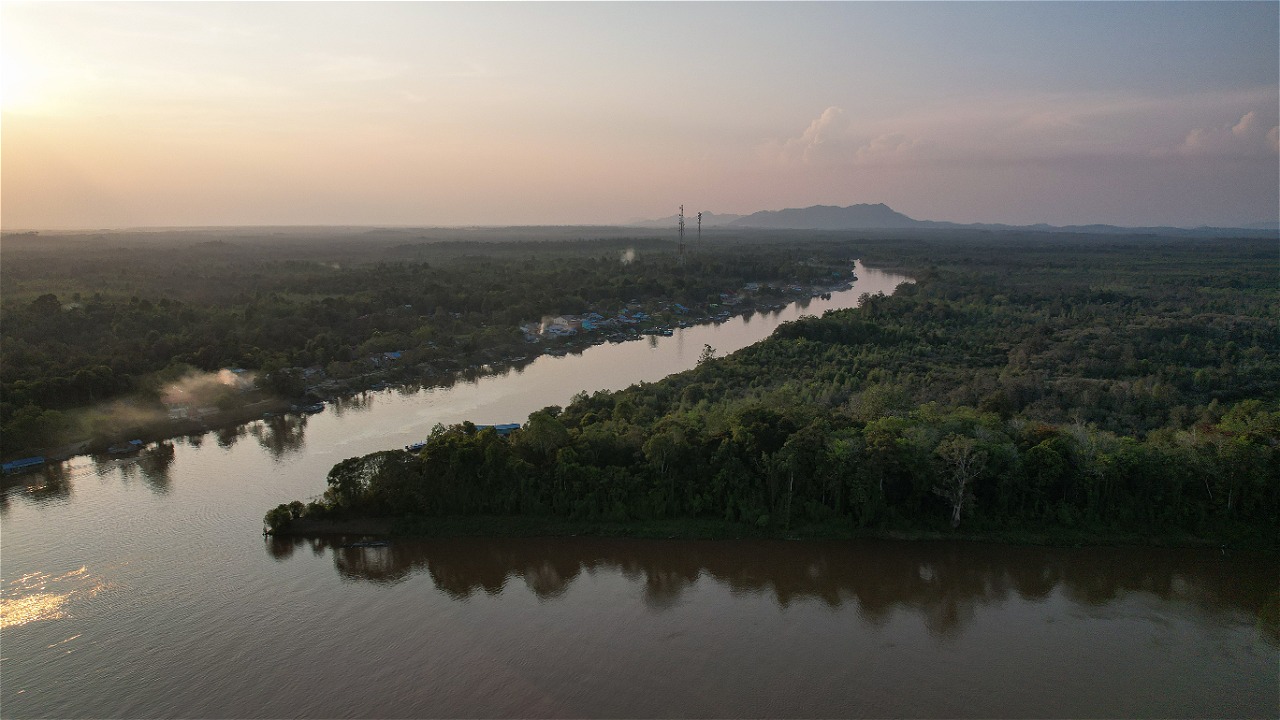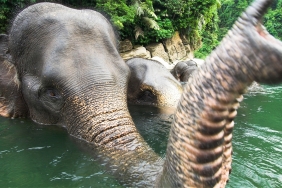ENVIRONMENTAL ISSUES IN THE MEDIA HELP PREVENT NATURAL DESTRUCTION
By Idoputra Sitompul
WWF-Indonesia and the Alliance of Independent Journalists (AJI) Kupang held another training for journalists titled "Better Journalism for Better Environment". The event, which was attended by 15 journalists from various media in Kupang, was held at Greenia Hotel, Kupang, East Nusa Tenggara, on September 19-20, 2014. This was the second time AJI Kupang and WWF-Indonesia held training for journalists, after the first activity in June 2014.
Besides being attended by AJI Kupang Chairman Simon Petrus Nilli, a number of resource persons were present, including Small Island and Partnership Governance Leader WWF-Indonesia Muhammad Ridha Hakim, forest and watershed experts from Nusa Cendana University, Michael Riwu Kaho, and head of the East Nusa Tenggara Forestry Service Ben Polo Maing.
On this occasion, WWF-Indonesia presented several facts and materials related to watershed and forest management in East Nusa Tenggara, including waste, coral reefs, and mining. WWF-Indonesia revealed that the government needs to allocate a very large budget to rehabilitate forests in East Nusa Tenggara Province which are now in a damaged condition.
"There are four indirect causes of deforestation and forest degradation in NTT province, namely ineffective spatial planning, problems related to tenure, inefficient and ineffective forest management, and weak law enforcement in the forestry and land sector," said Ridha Hakim. According to him, in 2013, the amount of non-critical land reached 830,999.88 hectares or 17.15 percent. While critical potential was 1.237 million hectares or 26.13 percent, moderately critical was 1.701 million hectares or 35.92 percent and critical land was 947,763.68 hectares or 20.02 percent. "Meanwhile, highly critical land is 17,985.37 hectares or 0.38 percent. The government's ability to rehabilitate forest areas has only reached 4,516 hectares or an average of one percent each year. Meanwhile, the amount of critical and highly critical land is very large," he added. To overcome the critical land area, with the average need for each hectare, Rp 7,582 trillion is needed for reforestation, and full commitment from local governments.
He explained that each hectare requires 400 trees with a spacing of four by five meters with an average fund needed per hectare of Rp 8 million. "With the government's very limited ability, it will take a very long time to rehabilitate critical land in NTT," said Ridha Hakim.
Ridha Hakim explained that forest governance is a system that relies on three main components, namely the legal, policy and institutional frameworks, including the decision-making and implementation processes. He mentioned that the forest governance system must refer to six principles, including transparency, participation, accountability, capacity, and efficiency.
Meanwhile, Dr. Michael Riwu Kaho said that the area of forested areas in NTT was 11.38 percent, with a deforestation rate of 15,000 ha/year. "Meanwhile, the ability to rehabilitate is only 3,000 ha/year. Therefore, it takes the commitment and participation of the entire community in this island province to see the forest again as a living system that is important to be maintained and preserved," he said.Of the existing forest area, around 60 percent of the 1.8 million hectares of forest in NTT is not cultivated forest but ecosystem forest.
It is hoped that with this training, the media can build discourse related to environmental issues so that people understand the importance of protecting the environment, and encourage the government to respond to environmental issues.





